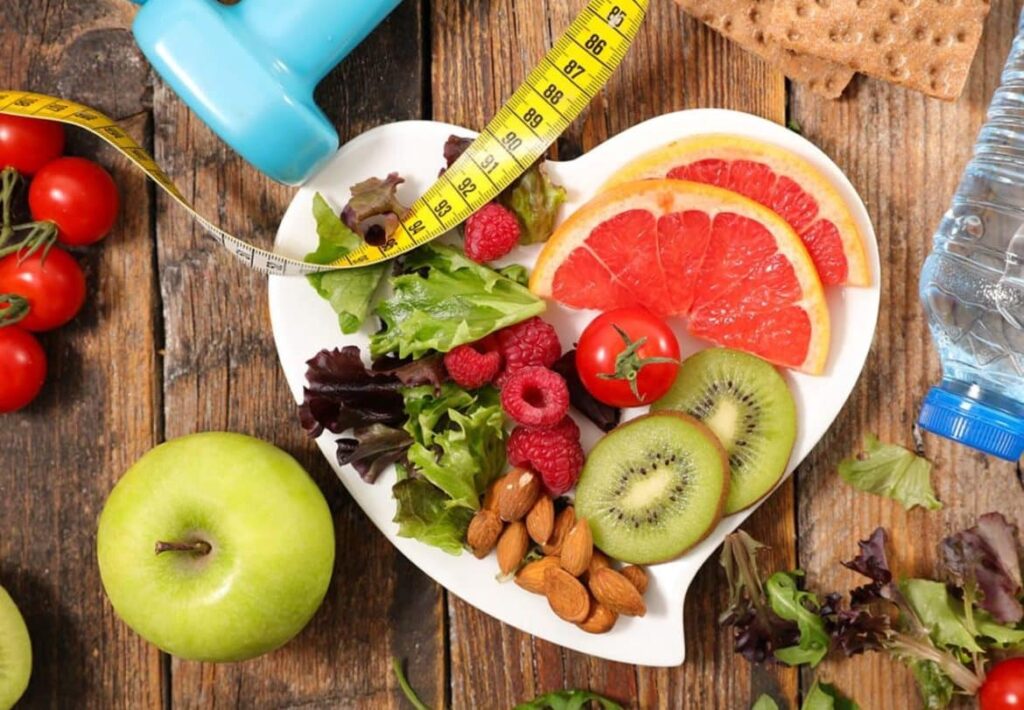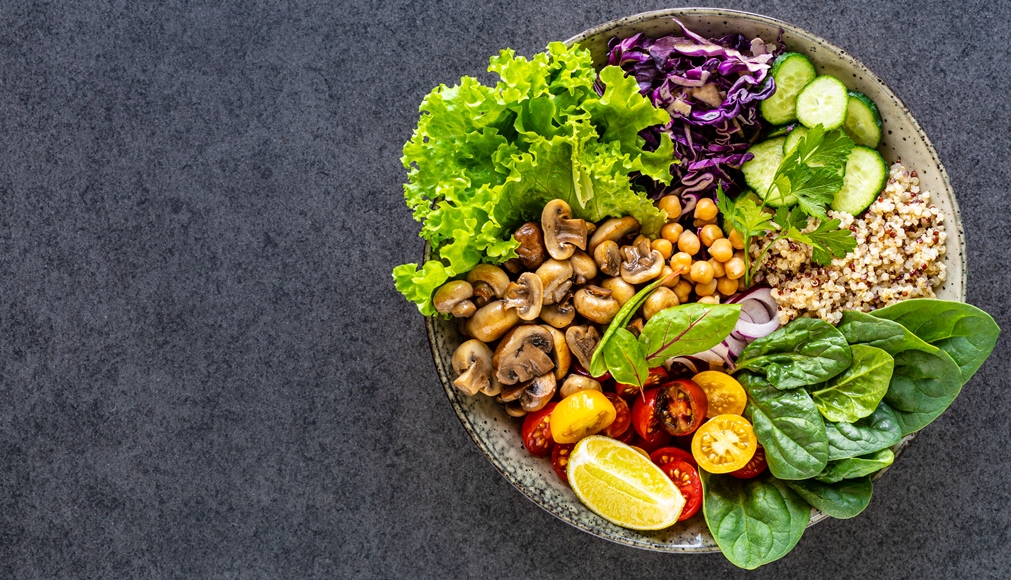The Indian diet is as diverse as the country itself—rich in flavor, culture, and tradition. Whether it’s a spicy South Indian sambhar, buttery North Indian dal makhani, or a simple Gujarati khichdi, Indian food offers a complex mix of nutrients and tastes.
But while many traditional elements are incredibly nutritious, others may be less ideal for modern health concerns.
In this post, we’ll break down what the Indian diet consists of, how to make the most of it, and situations where caution is needed.
What Does the Indian Diet Consist Of?
The Indian diet is largely plant-based, with regional variations in ingredients, cooking methods, and spice profiles. Some common components include:
🥬 Grains
- Staples: Rice, wheat (roti, chapati), millet (ragi, bajra, jowar)
- Millets are seeing a resurgence due to their high fiber and low glycemic index
🥔 Legumes & Pulses
- Lentils (dal), chickpeas, kidney beans (rajma), mung beans, black gram (urad dal)
- Rich in protein and fiber, they are a foundation of most vegetarian meals
🥦 Vegetables
- Seasonal and often locally grown: spinach, okra, eggplant, cauliflower, gourds
- Often cooked in curries or dry sautés with spices
🥛 Dairy
- Yogurt (curd), paneer, ghee, milk
- Frequently used in daily meals and for probiotic and fat-soluble nutrient support
🍗 Non-Vegetarian Options (varies by region and religion)
- Chicken, fish, eggs, lamb, and goat; beef and pork are consumed selectively depending on cultural/religious norms
🍛 Spices & Herbs
- Turmeric, cumin, coriander, mustard seeds, ginger, garlic, fenugreek, curry leaves
- Many have anti-inflammatory and digestive benefits
🍬 Sweets & Snacks
- Mithai (sweets), fried snacks like samosas, pakoras, sev
- Delicious but often high in sugar and fat
Health Recommendations for a Balanced Indian Diet
✅ 1. Go Easy on Oil and Ghee
Traditional cooking may use more oil or clarified butter than needed. Use sparingly or switch to heart-friendly oils like mustard, sesame, or cold-pressed coconut oil.
✅ 2. Favor Whole Grains Over Refined Ones
Choose brown rice, hand-pounded rice, or millets over white rice. Opt for whole-wheat rotis over refined flour (maida) options like naan or paratha.
✅ 3. Balance the Thali (Plate)
A good Indian meal includes carbs, protein, fat, vegetables, and fermented foods. Aim for a colorful plate with multiple food groups.
✅ 4. Watch Portion Sizes
Indian food is often served family-style, leading to larger portions. Use small plates, and eat mindfully.
✅ 5. Limit Sweets and Fried Snacks
Enjoy in moderation—reserve sweets like gulab jamun or jalebi for occasional treats rather than daily habits.
✅ 6. Include Probiotics
Dahi (yogurt) or buttermilk helps with digestion and supports gut health.
✅ 7. Spice Smart
Spices have medicinal properties but can cause stomach issues for some. Adjust to your tolerance level.
Contraindications: When to Be Cautious
While the Indian diet has many strengths, here are some things to watch for:
⚠️ 1. High Carbohydrate Load
Many meals are heavily grain-based (rice + roti + potato), leading to excessive carbohydrate intake, especially for those with diabetes or insulin resistance.
⚠️ 2. Overuse of Oil and Sugar
Deep-fried snacks and desserts are calorie-dense and low in nutrients. Overconsumption can lead to obesity, high cholesterol, or fatty liver disease.
⚠️ 3. Spice Intolerance or Digestive Issues
Some people may experience acid reflux, ulcers, or IBS symptoms with spicy foods. Avoid overly spicy or oily preparations if you have gut sensitivity.
⚠️ 4. Lactose Sensitivity
Dairy is a major part of the Indian diet. For those who are lactose intolerant, curd and paneer can still be consumed in moderation, but milk or cream-heavy dishes may cause problems.
⚠️ 5. Nutrient Gaps in Strict Vegetarian Diets
While a vegetarian Indian diet can be healthy, watch for deficiencies in vitamin B12, iron, and omega-3 fatty acids. Fortified foods or supplements may be needed.

The Indian diet, when approached mindfully, is deeply nourishing and rooted in whole, plant-based ingredients and healing spices. By moderating oil, sugar, and refined carbs, and focusing on whole grains, legumes, and vegetables, it’s possible to enjoy Indian cuisine in a way that supports modern health goals.
Want to eat healthier without giving up your favorite Indian foods?
Try building a balanced thali and limit processed snacks—your body (and taste buds) will thank you!

